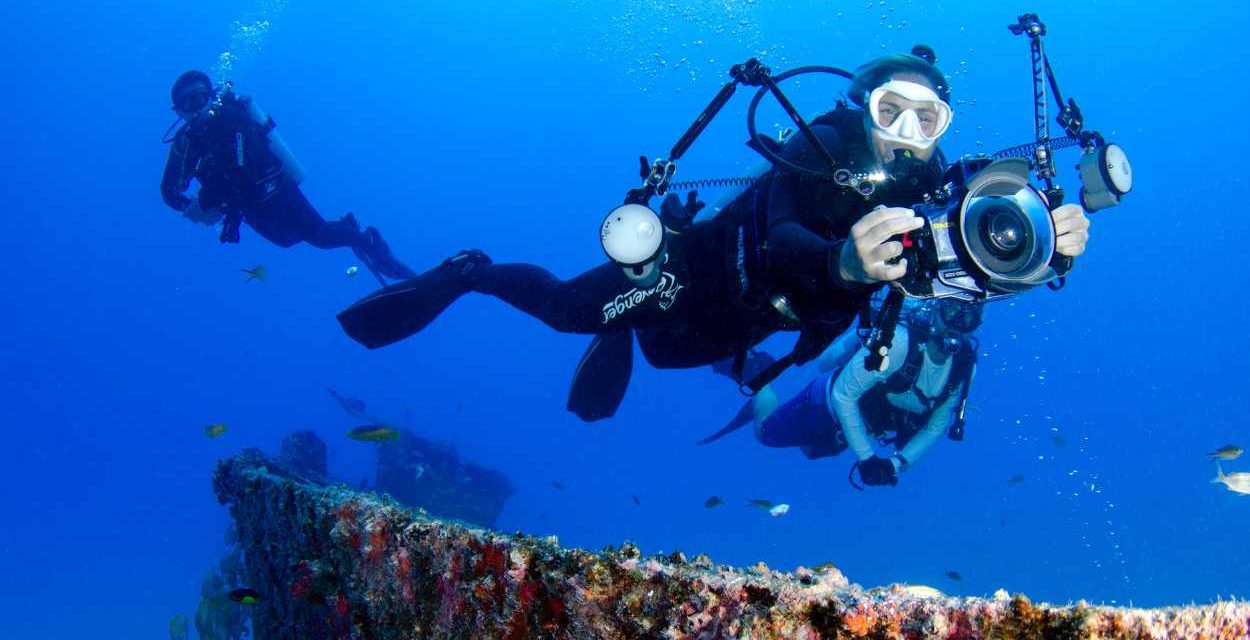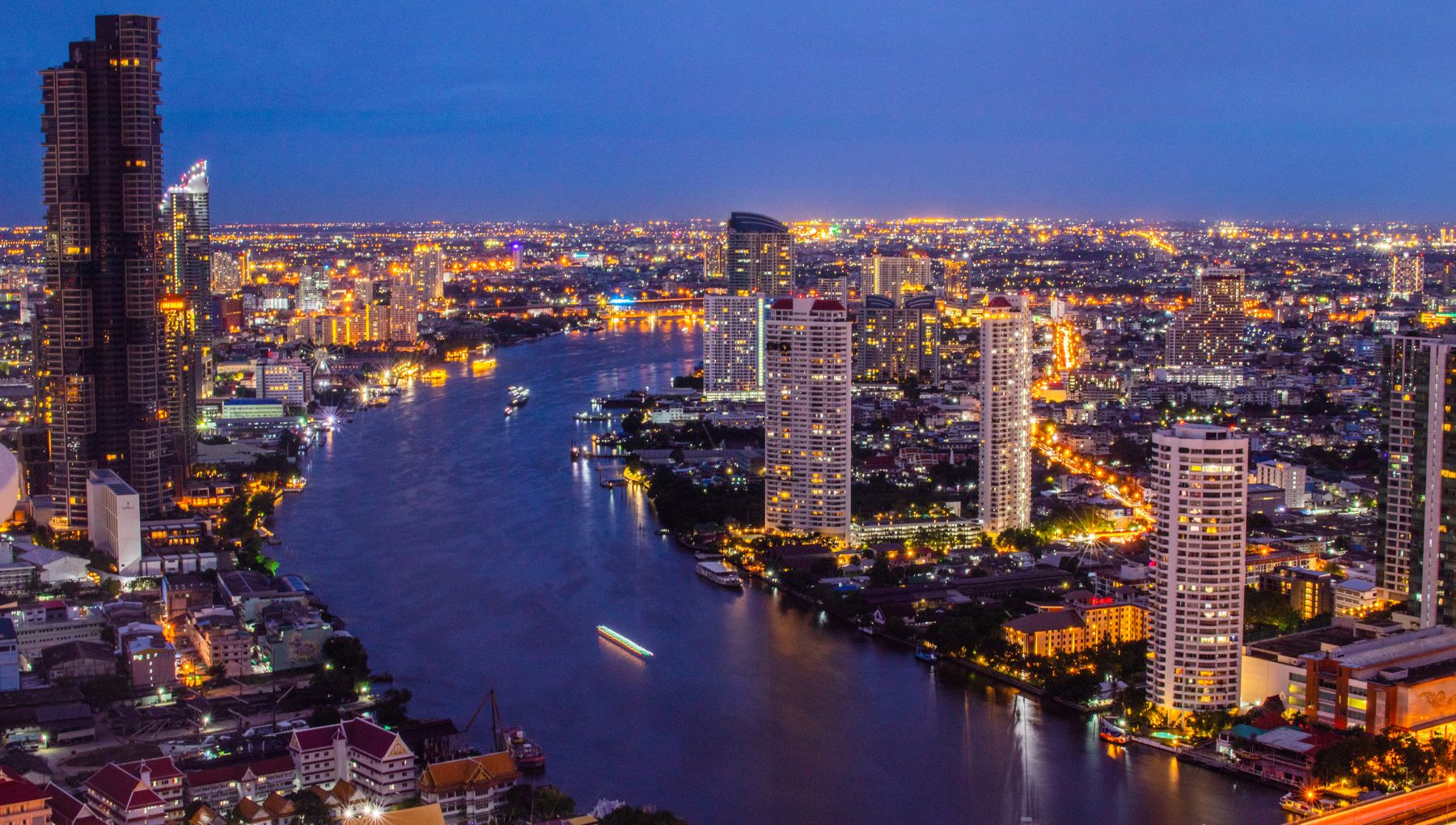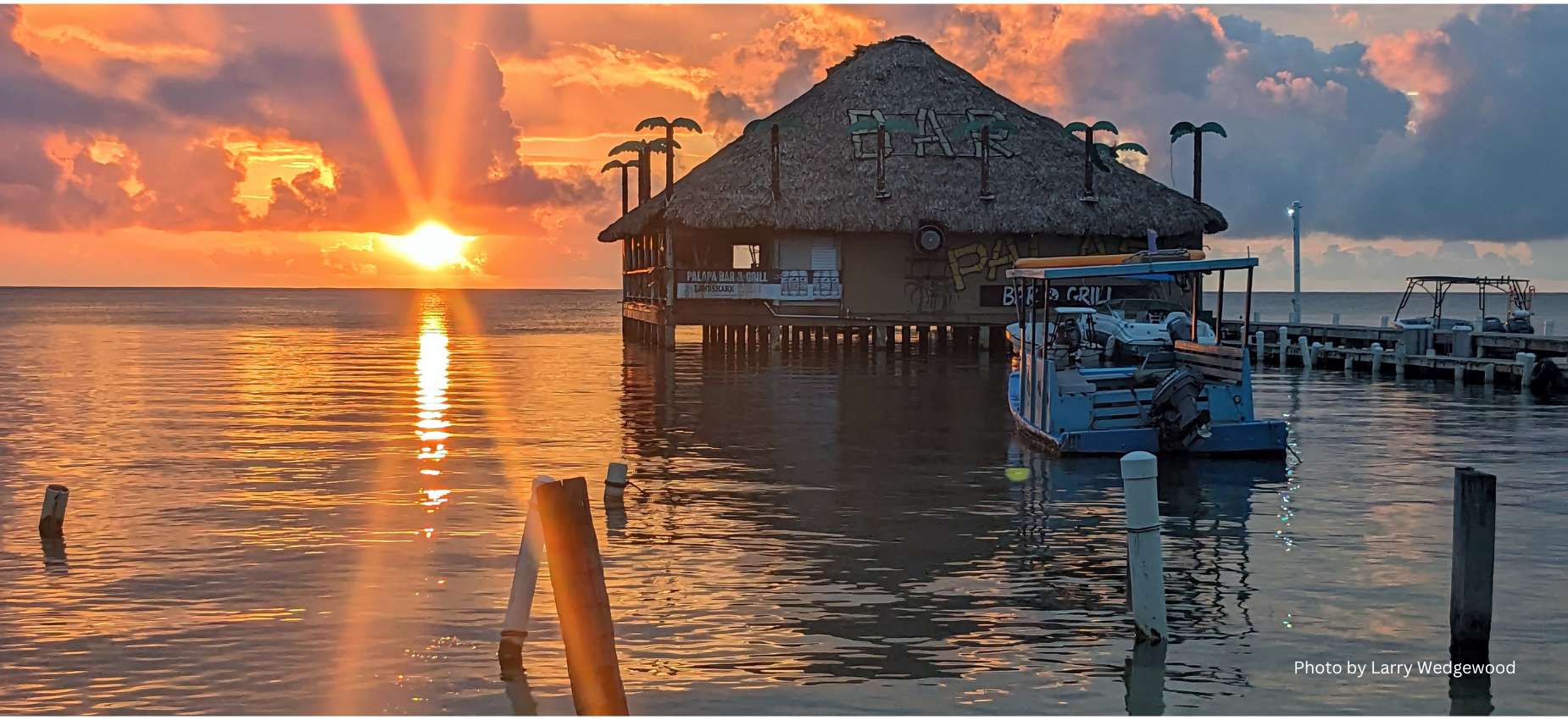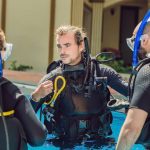What Every Diver Should Know Before Shooting That Perfect Shot
From Canada’s Kelp Forests to the Belize Barrier Reef: Stay Safe While Capturing the Shot
There’s nothing quite like the thrill of capturing your underwater adventures on camera. Whether you’re diving in the chilly kelp forests off Vancouver Island or gliding along the vibrant reefs of Belize, taking photos underwater can turn moments into lifelong memories. But there’s more to it than pointing and shooting—underwater photography brings its own unique set of hazards.
In this article, we’ll break down the potential risks every diver should understand before using a GoPro, Olympus TG-6, or a semi-pro rig. We’ll also share key strategies to mitigate those risks and help you focus on getting the perfect shot safely.
Why Underwater Photography Increases Your Risk
1. Divided Attention
One of the most common hazards is reduced situational awareness. It’s easy to get tunnel vision when you’re framing that perfect wide-angle reef shot or chasing a sea turtle for the ‘gram.
Risks include:
-
Losing sight of your buddy
-
Drifting with currents unknowingly
-
Crashing into fragile marine life or structures
Mitigation tips:
-
Take a few moments before diving to plan your shot strategy.
-
Use a lanyard to secure your camera and keep your hands free when needed.
-
Practice “camera awareness” by doing regular 360° checks mid-shoot.
2. Buoyancy Problems
Even experienced divers can struggle with buoyancy when handling a camera. Adding a rig—especially a heavier or awkward one—can throw off your balance and trim.
Risks include:
-
Kicking up silt, ruining visibility for everyone
-
Unintended ascents or descents
-
Damaging coral or sponges accidentally
Mitigation tips:
-
Practice with your setup in a pool or shallow water before diving deep.
-
Use floats, arms, or buoyancy rings to make your camera neutrally buoyant.
-
Fine-tune your weight and trim to adapt to the extra gear.
3. Navigation and Depth Awareness
With your eyes locked on the viewfinder or screen, it’s easy to forget to check your depth or air. This is particularly risky if you’re diving in complex topography like walls, caverns, or deep wrecks, common in both diving in Canada and diving in Belize.
Risks include:
-
Running low on air without realizing it
-
Exceeding no-decompression limits
-
Losing orientation in open or overhead environments
Mitigation tips:
-
Use audible or vibrating dive computer alarms.
-
Set visual checkpoints to recheck your depth and air every 5–10 shots.
-
Avoid solo photography dives unless you have proper training and certification.
4. Entanglement Hazards
Camera arms, wrist straps, and cords can become entangled in kelp forests (especially when diving in Canada) or fishing lines. Even your own gear can be a culprit.
Risks include:
-
Getting caught on wreck structures
-
Delayed ascent due to snags
-
Distraction from monitoring surroundings
Mitigation tips:
-
Keep your setup as streamlined as possible.
-
Carry a line cutter or shears for emergencies.
-
Review your emergency procedures with your buddy before each dive.
Additional Underwater Photography Risks You Shouldn’t Ignore
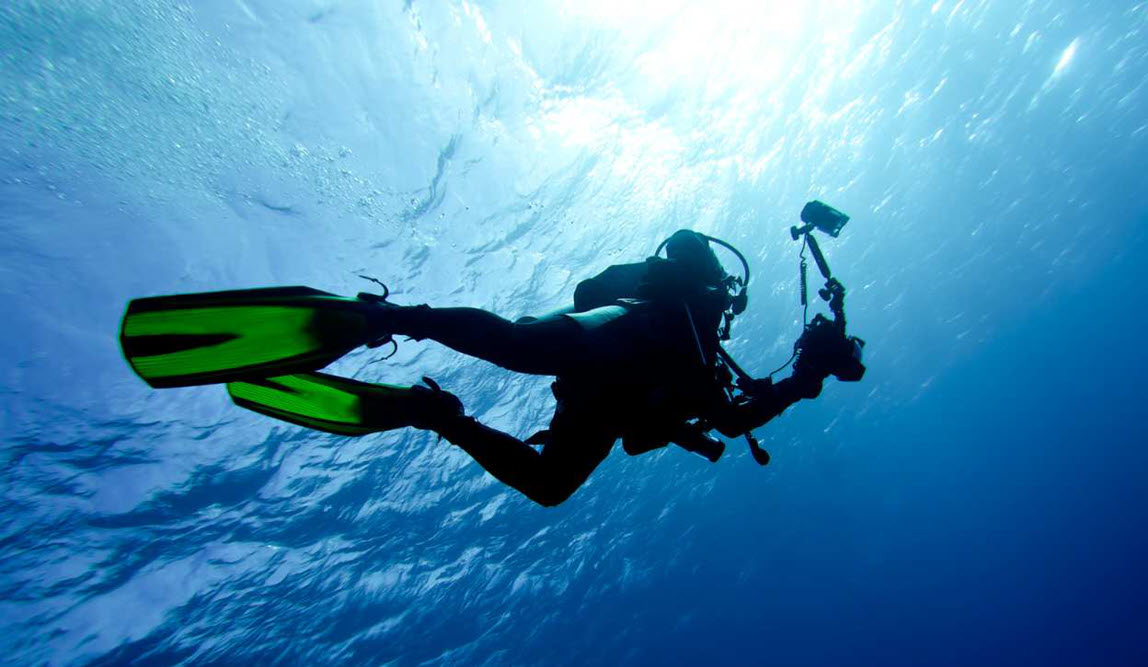
5. Uncontrolled Ascents While Taking Mid-Water Shots
Mid-water photography often means suspending yourself in the water column, especially when shooting pelagics or wide-angle reefscapes. But it’s incredibly easy to lose track of your buoyancy, especially when distracted.
Risks include:
-
Floating up unnoticed and breaking the surface
-
Risk of lung over-expansion injuries if holding your breath
-
Surfacing into boat traffic
Mitigation tips:
-
Always monitor your depth gauge or dive computer during photo setups.
-
Practice using breath control gently—but never hold your breath.
-
Use anchor lines, DSMBs, or natural reference points to help maintain depth.
-
Stay well below the surface when shooting upward angles—don’t hover just under the surface.
6. Breath-Holding for the Perfect Shot (Don’t Do It)
This is a sneaky one. Many divers, especially when using a camera for the first time, instinctively hold their breath to steady the shot, reduce movement, or stay in position. It might seem harmless in the moment, but it’s a fundamental scuba no-no.
Risks include:
-
Lung over-expansion injuries during even slight ascents
-
Panic or dizziness from CO₂ buildup
-
Breaking a core safety rule of scuba diving
Mitigation tips:
-
Use slow, controlled breathing to stabilize your shot—not breath-holding.
-
Improve your buoyancy so you don’t rely on breath control for positioning.
-
Use both hands or tray systems to minimize camera shake instead of breath-holding.
Environmental Hazards Based on Location
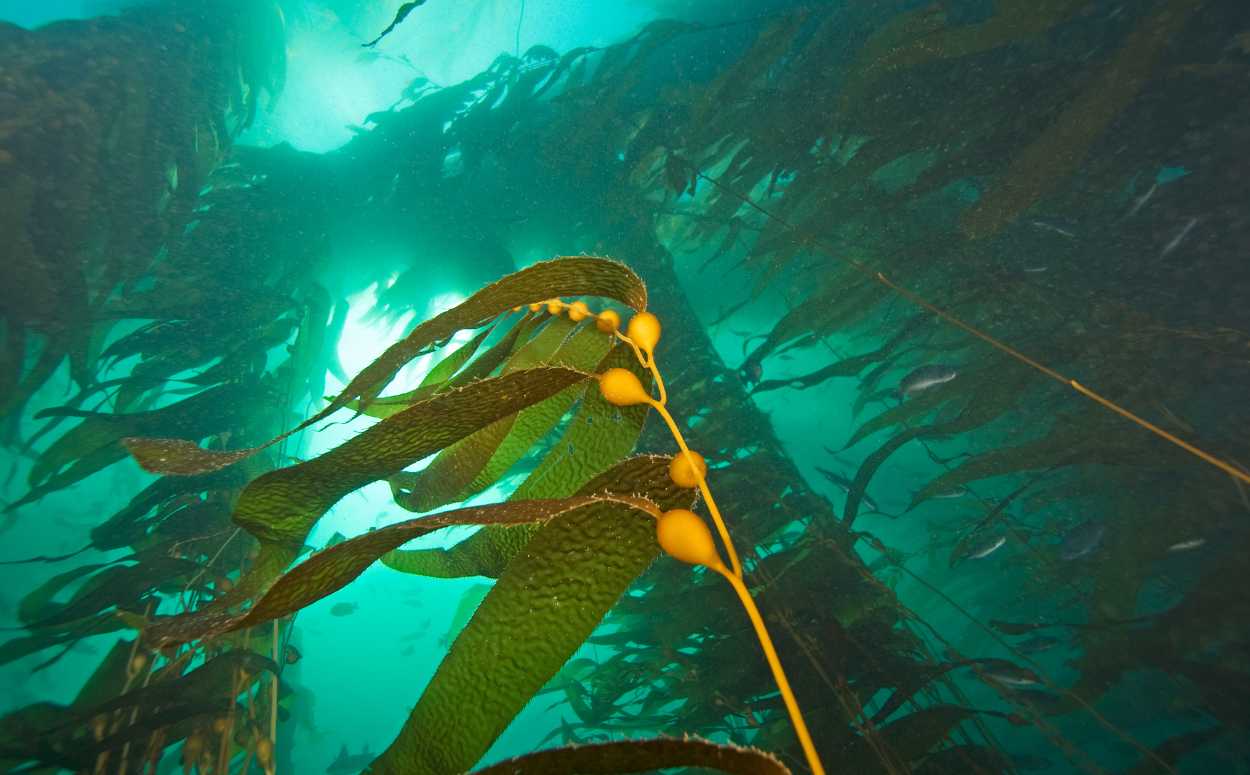
Diving in Canada
Cold water, limited visibility, and strong currents define many Canadian dive sites. From British Columbia’s sea lion colonies to Newfoundland’s historic wrecks, there’s lots to capture—but also plenty of caution required.
Special risks:
-
Thick gloves reduce dexterity when adjusting camera settings
-
Cold temperatures can cause battery and housing issues
-
Sudden thermoclines may affect buoyancy and lighting
Tips for Canadian dives:
-
Use big-button housings or housings with paddle levers
-
Keep batteries warm before entering the water
-
Invest in moisture absorbers to reduce internal condensation
Diving in Belize
In contrast, diving in Belize means warm waters, stunning reef systems, and a playground of marine life. The visuals are unreal—but so are the distractions.
Special risks:
-
Delicate reef systems are easily damaged by fin kicks or contact
-
Sudden depth changes along walls (e.g., Great Blue Hole)
-
Large marine life can lead to the temptation to break dive plans
Tips for Belize dives:
-
Stay neutral and back-kick when photographing reefs
-
Know your max depth and stick to it
-
Avoid chasing fish or turtles for the shot
Choosing the Right Camera Setup For Scuba Diving (And Knowing Its Limits)
GoPro Cameras
Lightweight, compact, and great for wide-angle video, but they lack advanced control and stabilization unless accessorized.
Best for: Casual divers, wide-angle reef scenes, video storytelling
Watch out for: Button fumbling, accidental drops, short battery life
Olympus TG-6
A rugged, versatile compact with macro capabilities and underwater modes—a favorite among divers.
Best for: Beginners and intermediates, especially for macro
Watch out for: Fogging inside the housing, limited control over advanced settings
Semi-Pro Setups (Mirrorless/DSLR + Strobes)
These provide the best image quality but come with a learning curve and significantly more drag and weight.
Best for: Experienced photographers
Watch out for: Task loading, backscatter from strobes, entanglement risks
Pro Tips for Mitigating Risk While Shooting Underwater
-
Take a course in underwater photography. It’s not just about learning your gear—it’s about learning how to dive with your gear.
-
Limit your dives to shallow depths when practicing. Save the epic shots for when you’re comfortable with your camera setup.
-
Create shot checklists before each dive. Know what subjects you’re after and plan your route.
-
Follow the buddy system strictly. Agree beforehand on hand signals related to photography (e.g., “hold still,” “photo done,” “stop shooting”).
-
Log every photo dive in detail. Track what went right and wrong so you’re always improving.
Final Thoughts
Taking photos while scuba diving, whether diving in Canada, Belize, or anywhere, is a powerful way to relive your underwater adventures and share them with the world. But photography brings a layer of complexity that shouldn’t be underestimated.
Understand the risks, respect the environment, and practice responsible photo-diving techniques. Your safety—and the ocean’s health—depend on it.
Call to Action
Want to improve your underwater photography skills and dive more safely? Join one of our Underwater Imaging Workshops or enroll in our Photography Diver Specialty Course with Course Director Larry Wedgewood. Whether you’re packing a GoPro or a DSLR, we’ll help you shoot smarter and dive safer.
👉 Contact us now to book your spot on our next Diving in Canada or Diving in Belize adventure!

